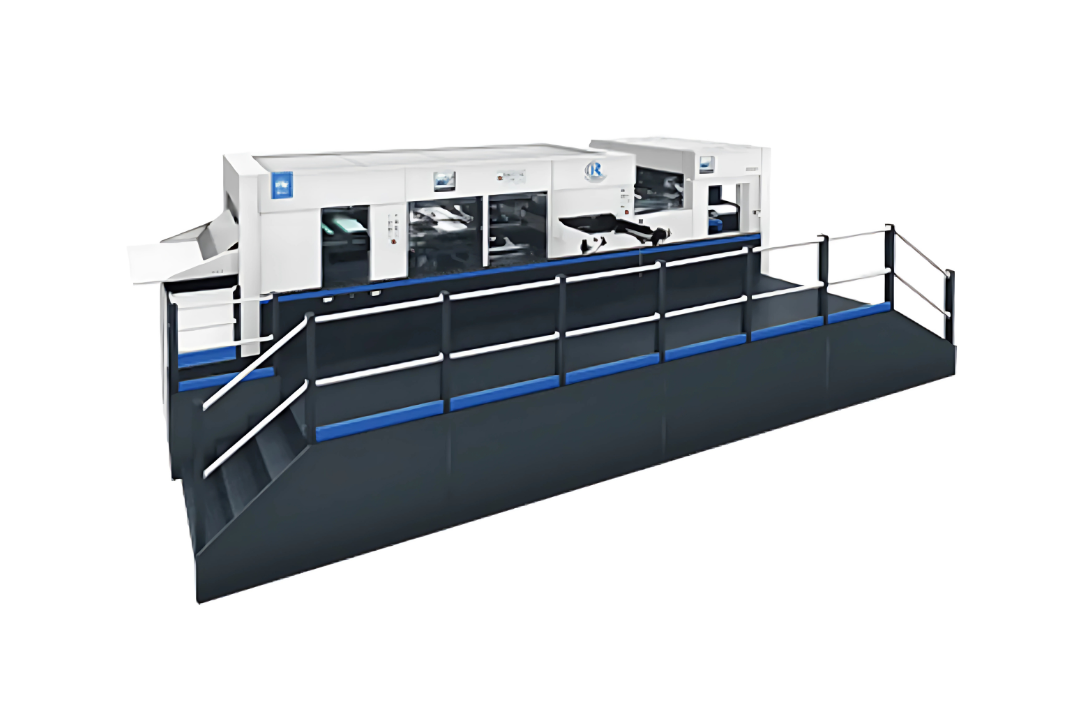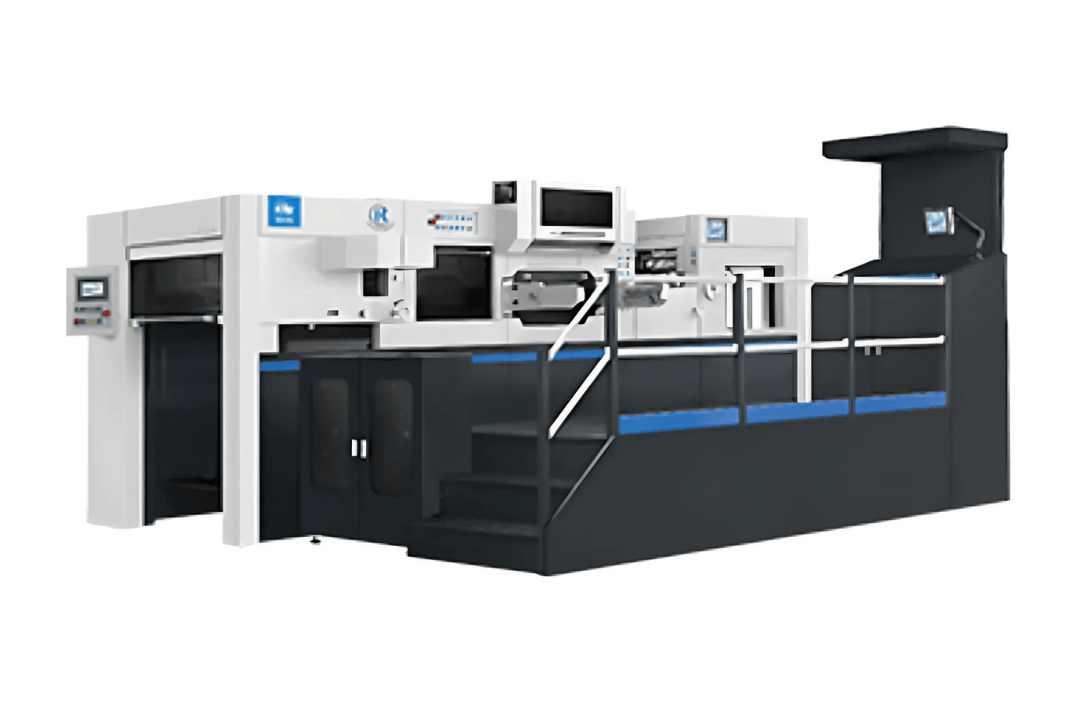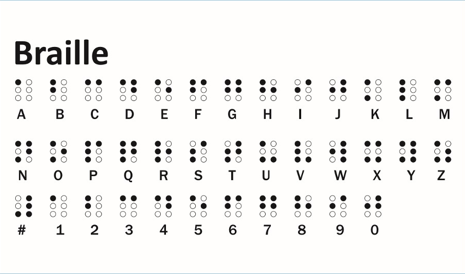Troubleshooting Common Die Cutting Machine Issues
Introduction Die cutting machines are an integral part of the manufacturing process, particularly in industries that require precision cutting, such as packaging, textiles, and the production of various paper-based products. These machines use sharp steel dies to cut or shape materials into custom designs, enhancing efficiency and accuracy. However, like any machinery, die cutting machines are prone to occasional problems that can disrupt production. In this blog, we’ll explore some of the most common issues with die cutting machines and provide troubleshooting tips to help operators get their machines running smoothly again. By addressing these issues early, businesses can reduce downtime, improve productivity, and extend the lifespan of their equipment. Step 1: Understanding the Machine Components Before diving into troubleshooting, it’s essential to understand the key components of a die cutting machine. The typical die cutting machine includes: Die block: Holds the cutting die and applies pressure to cut materials. Pressure rollers: Help apply consistent pressure during the cutting process. Feeding system: Moves the material into the cutting area. Die and counter die: The die presses into the material against the counter die to create the desired cut. Drive motor: Powers the machine’s movement. Control panel: Allows for machine adjustments, speed control, and monitoring. Having a basic understanding of how these parts work together can help you identify the source of an issue. Step 2: Identifying Common Issues in die cutting Machines Issue 1: Poor Cutting Quality Symptom: The die cutting process produces incomplete, jagged, or uneven cuts. Possible Causes: Dull dies: Over time, the cutting die can become dull, reducing its ability to cut cleanly. Incorrect pressure: If the pressure applied to the die is too low or inconsistent, the cut will be incomplete. Misalignment: If the die and counter die are not aligned correctly, the cut will be uneven. Troubleshooting: Replace the die if it shows signs of wear. Adjust pressure to ensure it is adequate for the material being cut. This may involve recalibrating the machine. Check alignment of the die and counter die. Realign them if necessary to ensure consistent cuts. Issue 2: Material Jamming Symptom: The material gets stuck in the die cutting machine, causing it to stop working. Possible Causes: Incorrect material thickness: If the material is too thick or too thin for the machine, it can cause jams. Poor feeding system: The feeding rollers may be malfunctioning, causing uneven feeding of the material. Static buildup: Static can cause materials to stick together, leading to jams. Troubleshooting: Check material specifications and ensure the thickness is compatible with your machine’s cutting capacity. Inspect the feeding system for damage or wear and replace any faulty parts. Use an anti-static solution to reduce static buildup, or install a static eliminator in the feeding area. Issue 3: Inconsistent Cutting Depth Symptom: The depth of the cuts varies from one part to another, resulting in some pieces being partially cut. Possible Causes: Uneven pressure distribution: If the pressure rollers are worn or not calibrated correctly, the pressure applied across the material may not be uniform. Worn dies or counter dies: Over time, the cutting edges may wear unevenly, causing inconsistent cuts. Troubleshooting: Inspect the pressure rollers and adjust them to ensure they apply even pressure across the material. Replace worn dies to ensure they cut evenly. Recalibrate the machine’s pressure settings according to the material being used. Issue 4: Material Misalignment Symptom: The material is misaligned, causing inaccurate cuts or shapes. Possible Causes: Improper feeding mechanism: If the feeding system is malfunctioning or miscalibrated, it can cause the material to shift during the cutting process. Uneven tension in the material: If the material is not evenly tensioned, it may shift during feeding, leading to misalignment. Troubleshooting: Calibrate the feeding system and ensure it pulls the material in a straight line. Check the tension in the material before feeding it into the machine. Ensure the material is evenly tensioned to prevent shifting. Issue 5: Machine Overheating Symptom: The machine becomes too hot during operation, leading to a shutdown or malfunction. Possible Causes: Excessive cutting speed: Running the machine at too high of a speed can generate excess heat, especially during long runs. Lack of lubrication: If the moving parts are not adequately lubricated, friction can cause the machine to overheat. Troubleshooting: Reduce the cutting speed to allow the machine to operate at a more manageable temperature. Check the lubrication of the moving parts and add more if necessary. Regular maintenance is key to preventing overheating. Step 3: Preventive Maintenance for die cutting Machines While troubleshooting helps fix issues as they arise, preventive maintenance is key to avoiding many common problems. Here are a few tips to keep your die cutting machine running smoothly: Regular Inspection: Inspect the machine regularly for any signs of wear and tear, especially on critical components like dies, rollers, and the feeding system. Lubrication: Ensure all moving parts are properly lubricated according to the manufacturer’s guidelines to reduce friction and prevent overheating. Cleaning: Keep the machine clean, especially the feeding system, die, and counter die. Dust and debris can cause jamming and poor cutting quality. Die Maintenance: Regularly inspect and sharpen or replace the dies to ensure clean and consistent cuts. Pressure Calibration: Recalibrate the pressure settings to match the material specifications and ensure consistent cutting. Conclusion die cutting machines are sophisticated pieces of equipment that require regular care and attention to operate at peak performance. Understanding common issues like poor cutting quality, material jamming, inconsistent cutting depth, material misalignment, and overheating, along with troubleshooting tips, can help operators minimize downtime and improve productivity. With the right maintenance practices and quick troubleshooting, die cutting machines can offer reliable and high-quality results for years to come. If you experience persistent issues, don’t hesitate to consult with a qualified technician or machine manufacturer for professional guidance.








